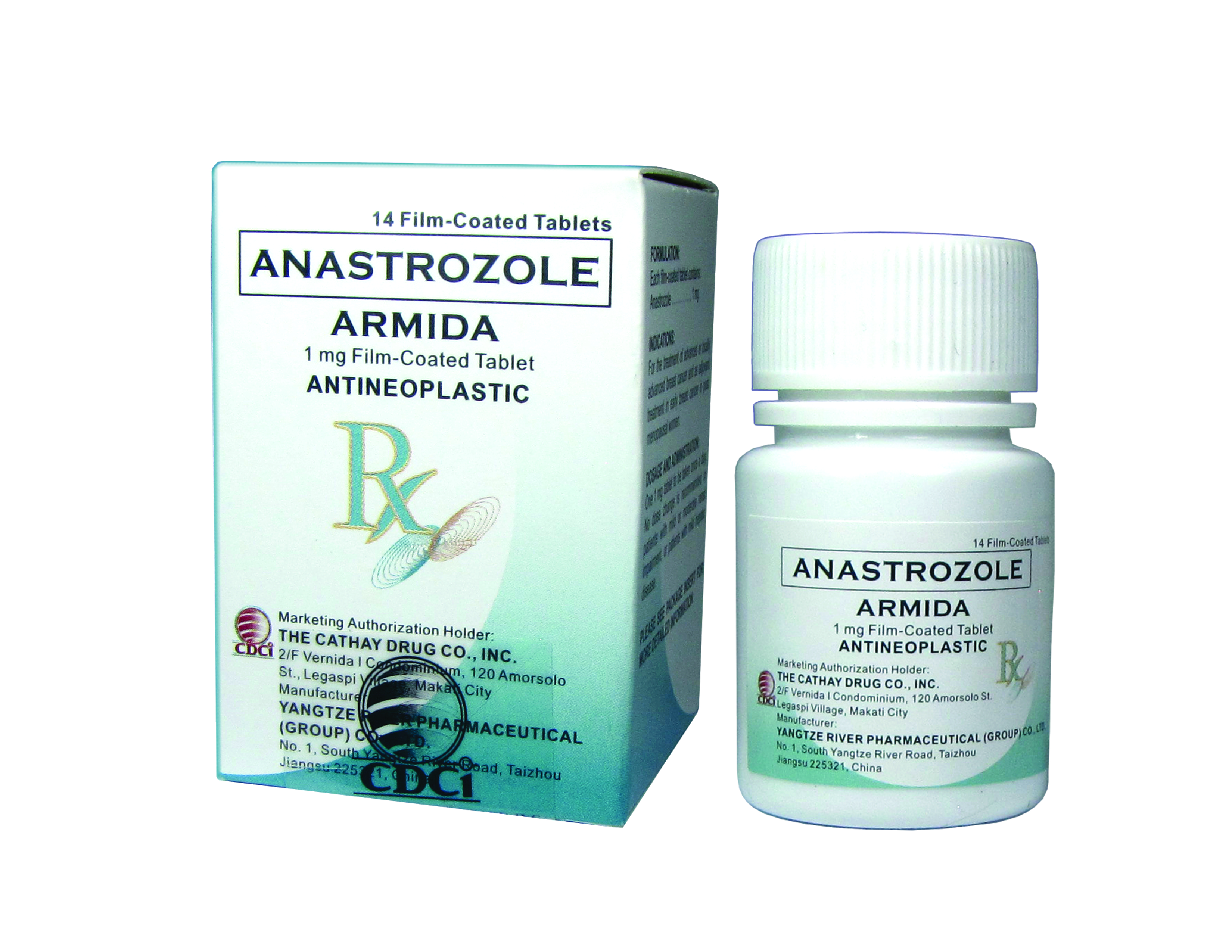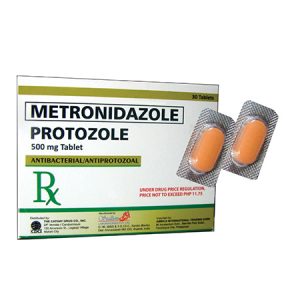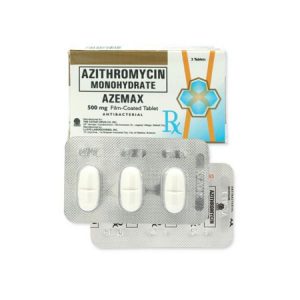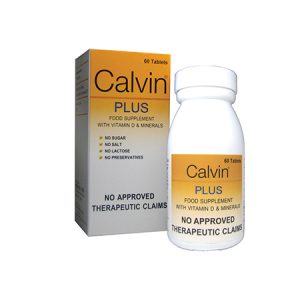Description
The Cathay Drug Co., Inc.
ANASTROZOLE
FORMULATION
Each film – coated tablet contains:
Anastrozole ………………………………………………………………………………………….. 1mg
PHARMACODYNAMICS
Anastrozole is a potent and highly selective non-steroidal aromatase inhibitor. In postmenopausal women, estradiol is produced primarily from the conversion of androstenedione to estrone through the aromatase enzyme complex in peripheral tissues. Estrone is subsequently converted to estraidiol. Reducing circulating estradiol levels has been shown to produce a beneficial effect in women with breast cancer. In postmenopausal women, anastrozole at a daily dose of 1 mg produced estradiol suppression of greater than 80% using a highly sensitive assay.
Anastrozole does not possess any progestogenic, androgenic or estrogenic activity.
Daily doses of anastrozole up to 10 mg do not have any effect on cortisol or aldosterone secreton, measured before or after standard adrenocorticotropic hormone (ACTH) challenge testing. Corticoid supplements are therefore not needed.
PHARMACOKINETICS
Absorption of anastrozole is rapid while taken orally and maximum plasma concentrations typically occur within two hours of dosing (under fasted conditions). Anastozole is only 40% bound to plasma proteins and is extensively metabolized by postmenopausal women with less than 10% of the dose excreted in the urine unchanged within 72 hours of dosing. Anastrozole is elimination slowly with a plasma elimination half-life of 42.57+10.15 hours. Food slightly decreases the rate but not extent of absorption. The small change in the rate of absorption is not expected to result in a clinically significant effect on steady-state plasma concentrations during once daily dosing of anastrozole tablets. Approximately 90 to 95% of plasma anastrozole steady-state concentrations are attained after 7 daily doses. There is no evidence of time or dose-dependency of anastrozole pharmacokinetic parameters. The apparent oral clearance of anastrozole in volunteers with stable hepatic cirrhosis or renal impairment was in the range observed in healthy volunteers.
INDICATIONS
Anastrozole (ARMIDA) tablets is indicated for postmenopausal women with advanced stage breast cancer who had disease progression following tamoxifen or other antiestrogen treatment. It can be considered using the product when the patient reacts negatively with estrogen receptor, but positive with tamoxifen. Adjuvant therapy may be continued for up to 5 years, although the optimum duration is uncertain.
DOSAGE AND ADMINISTRATION
One 1 mg tablet to be taken once a day. No dose change is recommended in patients with mild to moderate renal impairment, or patients with mild hepatic disease.
CONTRAINDICATION
It is contraindicated in:
- Premenopausal women
- Pregnant or lactating women
- Patients with severe renal impairment (creatinine clearance <20 mL/min)
- Patients with moderate or severe hepatic disease
- Patients with known hypersensitivity to anastrozole or to any of its excipients
ADVERSE EFFECTS
The most frequent adverse effects are gastrointestinal disturbances including anorexia, nausea and vomiting and diarrhea; asthenia, hot flushes; dizziness; drowsiness; headache and rash;
Other reported effects include hair thinning, vaginal dryness or bleeding, myalgia, arthralgia and bone fractures. Abnormalities in liver enzyme values, thromboembolism and changes in total cholesterol, have occurred in some patients taking anastrozole.
Very rare cases of erythema multiforme, Stevens-Johnson syndrome and allergic reactions (including angioedema, urticarial and anaphylaxis) have occurred.
Reductions in bone mineral density can occur during use of anastrozole. Patients with or at risk of osteoporosis should therefore have their bone density assessed at the start of therapy and at regular intervals thereafter. Treatment or prophylaxis for osteoporosis should be started as appropriate and carefully monitored.
WARNINGS AND PRECAUTIONS
- Anastrozole tablets is not recommended for use in children as safety and efficacy have not been established in this group of patients.
- Anastrozole should not be used in premenopausal women. The menopause should be defined biochemically in any patient where there is doubt about hormonal status.
- Since anastrozole lowers circulating estrogen levels, it may cause a decrease in bone mineral density resulting in a possible increase risk of fracture.
- Bone mineral density should be performed for women with osteoporosis or at risk of osteoporosis at the onset of treatment and at regular intervals subsequently. Prophylaxis or treatment for osteoporosis should be initiated suitably and carefully monitored. Use of specific treatments, such as biphosphates, may prevent further bone mineral loss caused by anastrozole.
- Estrogen-containing therapies should not be used with this product as they may diminish its pharmacologic action.
- It is unlikely to impair the ability of patients to drive and operate machinery. However, asthenia and somnolence have been reported with the use of it and caution should be observed when driving or operating machinery while such symptoms persist.
- There is no data to support the safe use of anastrozole tablets in patients with moderate or severe hepatic impairment, or patients with severe impairment of renal function (creatinine clearance <20 mL/min).
Pregnancy and Lactation
- Anastrozole tablets can cause fetal harm when administered to a pregnant woman. There is no adequate and well-controlled study in pregnant women using Anastrozole tablets. If it is used during pregnancy, or if the patient becomes pregnant while receiving this drug, the patient should be apprised of the potential hazard to the fetus or potential risk for loss of the pregnancy.
- It is not known if anastrozole is excreted in human milk. Because many drugs are excreted in human milk, caution should be exercised when anastrozole tablets are administered to a nursing woman.
INSTRUCTION AND SPECIAL PRECAUTIONS FOR HANDLING AND DISPOSAL
Many antineoplastic are potent and potentially highly toxic drugs that must be handled with due care. Any remaining unused product should be disposed of in accordance with the local requirement.
Recommendations handling and disposal of antineoplastic agents generally include:
- That protective clothing be worn, including gloves, eye protection, and masks if necessary (it should be noted that gloves may vary in their resistance to penetration, depending upon their thickness, the material of which they are made, and the drug in question).
- That waste should be disposed of carefully in suitable separate containers, clearly labelled as to their contents (it should be noted that the patient’s body fluids and excreta may contain appreciable amounts of antineoplastic agents and it has been suggested that they and materials such as bed linen contaminated with them should also be treated as hazardous waste
- That adequate procedures should be inplace for accidental contamination due to spillages.
- That staff exposure to antineoplastic agents be recorded and monitored
- That pregnant staff should avoid handling these drugs as possible.
DRUG-DRUG INTERACTIONS
A review of the clinical trial safety database did not reveal evidence of clinically significant interaction in patients treated with anastrozole tablets who also received other commonly prescribed drugs. Antipyrine and cimetidine clinical interaction studies indicate that the co-administration of anastrozole tablets with other drugs is unlikely to result in clinically significant drug interactions mediated by cytochrome P450. Till now there is no evidence that reveals whether anastrozole tablets should be co-administered with other antitumor drugs. Oestrogen-containing therapies should not be co-administered with anastrozole tablets as they would negate its pharmacologic action.
DRUG-FOOD INTERATION
Food slightly decreases the rate but not the extent of absorption.
AVAILABILITY
Anastrozole (ARMIDA) 1 mg Film – Coated Tablet: oyster white HDPE bottle (Bottle of 14’s)
OVERDOSAGE
There is no specific antidote to overdosage and treatment must be symptomatic. In the management of an overdose, consider that multiple agents may have been taken. Vomiting may be induced if the patient is alert. Dialysis may be helpful because anastrozole is not protein bound. Genera supportive care, including frequent monitoring of vital signs and close observation of the patient is indicated.
STORAGE
STORE AT TEMPERATURES NOT EXCEEDING 30°C and in tightly closed containers.
CAUTION
Foods, Drugs, Devices and Cosmetics Act prohibits dispensing without prescription.
Distributed by
THE CATHAY DRUG CO., INC.
2/F Vernida 1 Condominium, 120 Amorsolo St.
Legaspi Village, Makati City
Manufactured by
YANGTZE RIVER PHARMACEUTICAL (GROUP) CO., LTD.
No. 1 South Yangtze River Road, Taizhou, Jiangsu 225321, China.
Date of revision: January 2018






Reviews
There are no reviews yet.